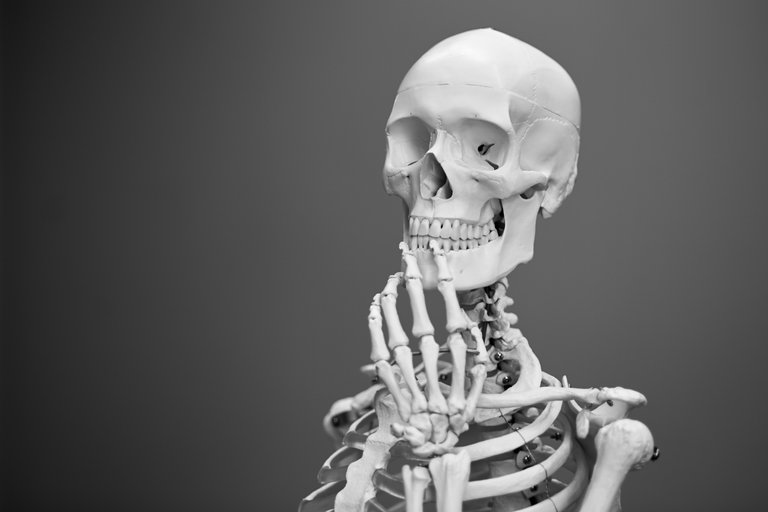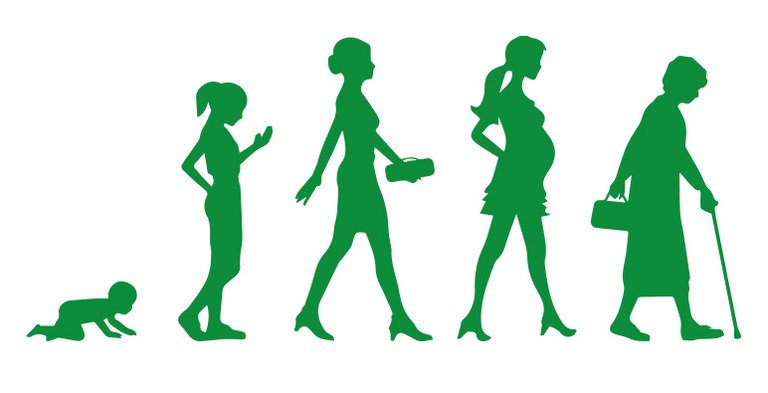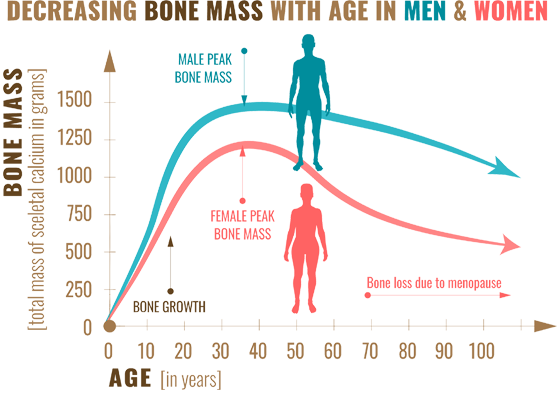It’s probably not something you think of everyday, especially if you’re young, but bone health is definitely something that is very important and needs your attention throughout all the stages of life.

The human skeleton is said to perform six major functions:
- Body support
- Facilitation of movement
- Protection of internal organs
- Production of blood cells
- Storage of minerals
- Endocrine regulation
Nutrition plays a significant role in bone health throughout the life cycle and early life bone health status has long-term consequences for bone development and the process already starts during pregnancy.

That is why it is very important during pregnancy to get the right nutrients, in the right quantities to ensure that you give your baby a headstart in life.
The relationship between birthweight and bone mass later in life was the subject of a systemic review and meta-analysis where it was concluded that “Higher birthweight is associated with greater bone mineral content of the lumbar spine and hip in adulthood. The consistency of these associations, across a range of settings, provides compelling evidence for the intrauterine programming of skeletal development and tracking of skeletal size from infancy to adulthood.”
It was noted that thinner bone density in childhood resulted in being a risk factor for hip fracture later in life. Additionally, the following factors have been identified to have a significant association with bone density at birth and later in life; maternal body build, lifestyle, physical activity, diet and vitamin D and K2 status.
Study link: https://www.ncbi.nlm.nih.gov/pubmed/20683711

Bone health is something we should pay attention to throughout life, but it is important to know when you will peak in bone mass. Your maximum bone size and strength is referred to as bone mass and your genes play a big role with regards to your peak bone mass.
Genetic factors determine the actual size of a person’s skeleton, but there are lifestyle factors like diet and exercise, which can influence bone mass and reaching your full bone mass potential. Between 10 and 20 years of age, it is possible to greatly increase your peak bone mass with the pillars of bone health and weight bearing exercises.
There is a limited timeframe that you can use to influence your peak bone mass and the best time to build bone density is during years of rapid growth and development.

Childhood, adolescence and early adulthood are the times when you can significantly increase your peak bone mass through diet and exercise. Not surprisingly, you can also make choices that decrease peak bone mass, such as smoking, poor nutrition, inactivity, and excessive alcohol intake.

Most people will reach peak bone mass between 25 and 30 years of age and by the time we reach 40 years of age, however, we slowly begin to lose bone mass. Although everyone will lose bone with age, people who developed a higher peak bone mass when young are better protected against osteoporosis and related fractures later in life.

So, whether you’re 17 or 70, eating right, exercising and getting enough calcium, vitamin D and Vitamin K2 can increase bone strength and minimise bone loss and there are things we can do at every stage of life to ensure good bone health.

The article below provides guidelines from the Food and Nutrition Board (FNB) at the Institute of Medicine of the National Academies on calcium and Vitamin D daily intake at every age for the general public. Vitamin K2 is not included, but stay tuned to find out why Vitamin K2 is of utmost importance for your bone health.
Article written by the American Academy of Orthopaedic Surgeons: Healthy Bones at Every Age
Article link: https://orthoinfo.aaos.org/en/staying-healthy/healthy-bones-at-every-age/
Stay tuned for our blog post: Pillars of Bone health!